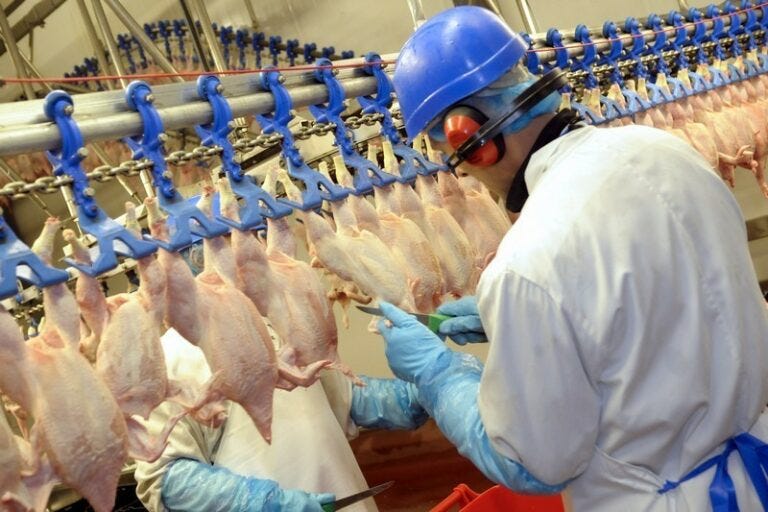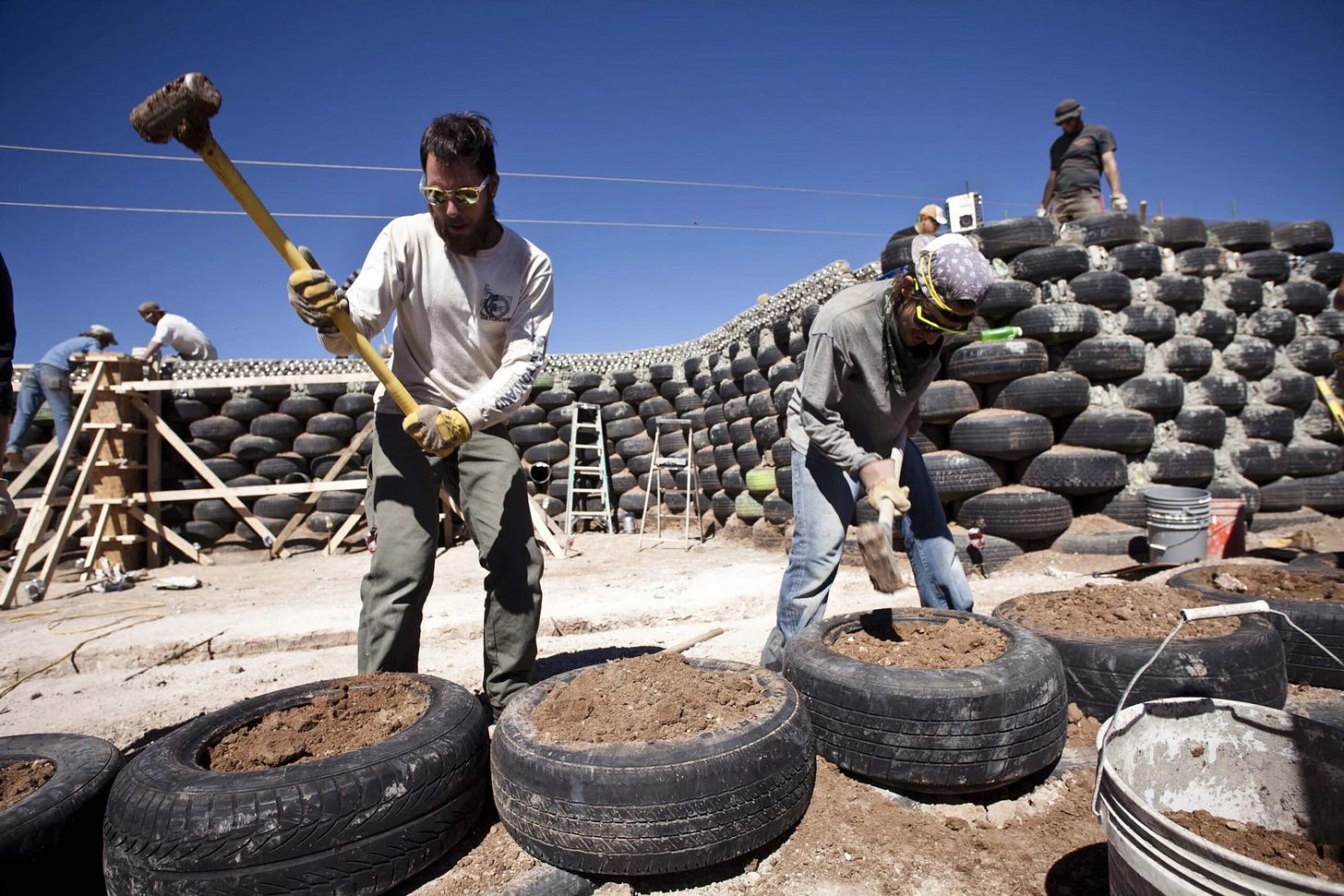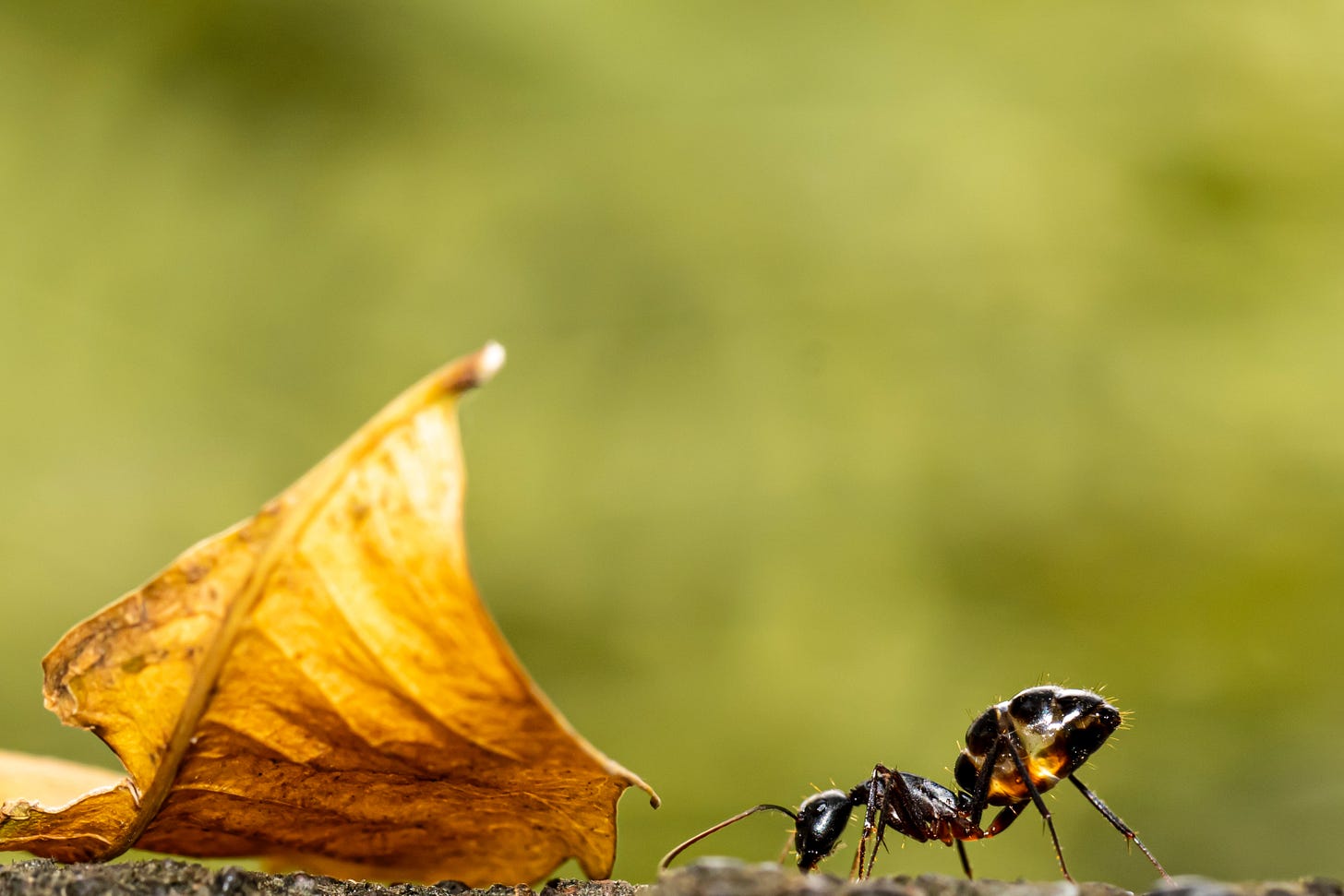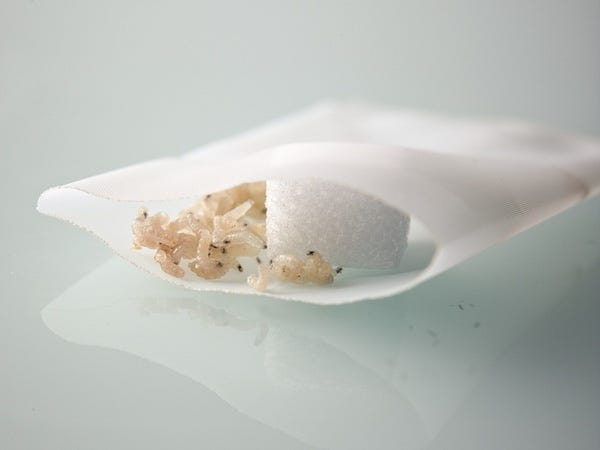Brands behaving badly
Avara Foods: Chicken Little, no chicken a lot.
Courtesy of Poultry News
How about you reduce the number of chickens which are grown in the River Wye’s catchment area, scientists asked Avara Foods?
No, replied John Reed, Avara’s agricultural director.
There’s a continued demand for the meat. There is no signal out there that says stop and cut back. We’re serving the consumer. If we didn’t produce chicken meat here, it would be imported.
The reason for the concern is the River Wye, which runs between mid-Wales and the Seven estuary is choking up with algal blooms. They’re caused in part, by over saturated phosphorus in the land which leaches into the river.
The phosphorus comes from the chicken shit, which is mucked out of those intensive farms and dumped back on the land. Avara is responsible for 16 of the 20 million birds reared in the river’s catchment area every year and a lead supplier to Tesco’s.
Spreading the shit on the farm’s land costs next to nothing. Having to do something with it, apart from continually dumping, would squeeze margins, which are unlikely to be plump, like the anaemic chicken breast we so desperately crave.
Ironically, chicken manure has its uses when not delivered in such a super-saturated state. It adds organic matter to the soil and increases water holding capacity. It’s a perfectly good fertiliser providing Nitrogen, Phosphorus and Potassium for plants; more effective than horse or cow manure apparently.
Now there’s a thought.
(Discovered in an article which first appeared in The Guardian).
Green discovery
Earthships
The Phoenix Earthship, courtesy of Earthship Biotecture
The reason the houses northwest of Taos in New Mexico are called Earthships is because of the six rules that the architect Michael Reynolds builds by. He’s been building them for 50 years.
The rules are passive thermal heating and cooling, energy from the sun and wind, contained sewage treatment, constructing with natural and recycled materials, harvesting rainwater and growing your own food. Just like other types of ship, the inhabitants have mostly what they need to live, regardless of their location.
Rain in Taos at under two inches per month, explains why the water collected from the roof is used four times. The fresh rainwater is used for drinking and showers. The soapy grey stuff is used in the greenhouse, for flushing toilets and finally for shrubs and plants outside the ship.
The so-called hippy havens are making a resurgence with more than 200,000 visitors checking out the prototypes every year. 200 students a year take the one month course on the architect’s principles and the earthships which are available to rent are nearly always fully booked.
The key raw material, which there is no shortage of is rubbish. Old tyres are packed with sand and cemented into a wall providing perfect insulation from the colder desert nights. Beer cans and glass bottle are also embedded in walls. Typically, there is over 20 tons of rubbish recycled into the building of one earthship.
With cement and steel, the go-to materials for traditional construction, the industry finds itself responsible for 38% of the world’s CO2 emissions. Some architects are waking up to the problems that they cause and have started experimenting with sustainable bricks, reusing materials from demolished buildings, even using shipping containers.
The new student accommodation on the A40, driving out of London on the right before Park Royal, is built from containers which were neatly stacked on top of each other before windows and doors were cut in.
Reynolds also runs a non-profit, Biotecture Planet Earth, which has now built earthships and emergency shelters in over 50 countries.
The irony is these typically poor countries are overflowing with tons of the right construction materials - tyres, bottles and the cans needed to build an earthship. Where they might typically struggle with bureaucracy and building codes in the US and Europe, holding builds up, it’s completely different elsewhere. On the Fiji Islands, every time they broke ground on a build, it was all sorted with one 4-hour Kava ceremony.
Be happy
Ants that can smell cancer
Photo by VD Photography on Unsplash
Disease and the fact that it smells, seems to make perfect sense, even though most human noses are completely oblivious.
A few years ago, I read the story of Joy Milne, a 72-year old, from Perth in Scotland who noticed her husband’s smell had changed. He’d developed a more musky aroma, which turned out to be Parkinson’s disease.
In further tests with items of clothing from other people, her heightened smell, known as hyperosmia, proved to be incredibly accurate. Of all the samples she smelled, she was right every time apart from once. Less than a year later, the so called wrong one, was also diagnosed with Parkinson’s.
It emphasises one of the great advantages of smell. The disease can be detected very early in its development, which could mean the difference between life and death.
An ant’s sense of smell is far more acute than a humans, which explains why some species manage to survive and thrive, even though they’re blind.
Dogs have also been trained to sniff out cancer using body odour, but ants are far easier and less costly to train.
Baptiste Piqueret, a Sorbonne University ethologist, has been running tests using silky ants and published his results in the Proceedings of the Royal Society B: Biological Sciences.
35 of them were conditioned to associate breast cancer tumour mouse urine with a sugar water reward. It only took three sessions before the ants were able to discriminate between healthy and cancer infected urine, spending 20% more time with the cancerous sample, waiting for their sugary reward. The urines also underwent chemical analysis to confirm that different molecules are present.
The Silky ants (Formica fusca) chosen are smart, well known for their fast learning and long memory. Once trained, they accurately did the test 9 times without a reward. After the ninth time, they must have decided that enough was enough.
Teabags of maggots on the NHS trolley
Talking of clever and useful critters, maggots are now commonly used to treat infected wounds in NHS hospitals. They’re experts at removing dead tissue and bacteria, leaving behind healthy human matter that can heal.
The maggots are specially cultivated and sterile, so they can’t cause additional infection. They’re also too young to lay eggs and won’t be on the wound long enough to grow wings and fly.
Usually, the maggots are applied in a BioBag. The bag is placed on the wound and then covered with a gauze moistened with saline solution. A barrier cream is added to the surrounding skin before a final dressing is applied. The treatment typically lasts up to five days and is inspected daily.
Natures way is incredibly effective. It reduces infection and smell, only leaving healthy tissue behind. The speed of recovery can be significantly quicker than the old fashioned approach of antibiotics and a surgeon’s knife.








